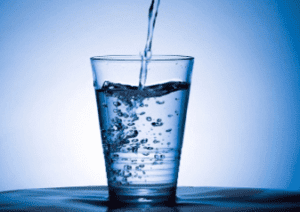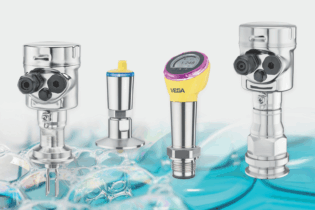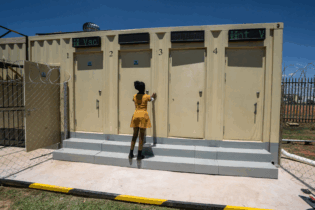The effects of the winter season are starting to show and the impact this will have on the country’s dams will be felt until the rainy season comes.
This week’s dam levels report issued by the Department of Water and Sanitation shows that the national water storage has once again declined this week, decreasing to 70.1% from 70.3% last week. This is a sizeable decline compared to the same period last year when the country’s water average was at 72%. “The decline in the country’s water levels should make us rethink our day to day water consumption patterns, inculcate behavioural change and value water more,” the department said in a statement. “There is a strong indication that the strain on our water resources is a country-wide phenomenon as shown in this week’s dam levels report.” Eastern Cape provincial water storage is declining weekly, a major concern for a province that has been faced with acute water challenges for a while. This week, the dam levels in the province are at 55.0%, a decline from 55.6% last week. This is a far cry compared to 60.4% during the same period last year. The Algoa Water Supply System with five dams supplying water to Nelson Mandela Bay is hovering at 19.8%, very low compared to 44.7% during the same period last year. Amathole Water Supply with six dams supplying water to Buffalo City declined to 44.6% from 45.5 last week, a huge drop from 61.2% during the same period last year. The Klipplaat Water Supply System with three dams supplying water to Queenstown is at 45.3% this week from 45.5% last week. Last year it was at 52.3% during this period. Therefore the Eastern Cape will be a source of major concern this winter.Limpopo is at 72.8% this week from 73.1% last week. Luvhuhu Water Supply Sysytem with three dams is at 97.3%, while Polokwane Water Supply System with two dams supplying water mainly to Polokwane is at 78.0%.
In Gauteng, the provincial water storage is at a healthy 98.2%, however the Intergrated Vaal River System with 14 dams continues to decline. This week the system is at 66.6%, a drop from 67.3% last week and this is a huge drop compared to 73.7% during the same period last year. Free State is at 83.4% this week, down from 83.8% last week. During this period last year, the province was at 88.2%. The Bloemfontein Water Supply System with four dams supplying water to Mangaung is at 56.8% this week. Water levels in KwaZulu-Natal have declined to 62.2% this week from 62.6% last week. The Umgeni Water Supply System with five dams is down to 74.9 this week from 75.4% last week. Mpumalanga has declined to 74.4% this week from 74.8% last week.Water levels in the water management areas (WMA) also continued to drop in water volumes, with the Olifants WMA dropping from 67.9% to 67.8% and the Inkomati-Usuthu WMA further dropped from 72.6% to 72.0%. Northern Cape is the only province that has seen a massive increase in water levels, from 85.6% last week jumping to 96.7% this week. The Orange Water Supply System with two dams declined slightly to 92.7% this week from 92.9% last week. Water levels in North West declined to 70.4% this week from 70.9% last week. The Crocodile Water Supply System with seven dams is stable but declined to 99.1% this week from 99.6% last week. Western Cape provincial storage saw a slight increase to 37.0% this week compared to the 35.3%. The Western Cape Water Supply System with six dams is at 54.9% this week from 52.7% last week. This is likely to increase as Western Cape rains come in winter.







